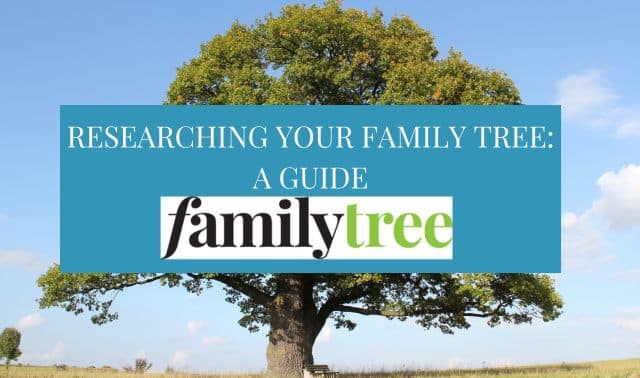A. Women are known for coding their diaries because some things were too intimate to write about, even in a diary. Without analyzing the full diary and the exact code, it’s impossible to speculate on what your great-grandmother was coding. But you can look for patterns, which could help you crack the code.
Women most commonly coded their diaries to keep track of their menstrual cycles, and the codes are as unique as the woman. One diarist used three exclamation points, another merely a p. In Seasons for Growing: The Diaries of Lizzie A. Dravenstatt, 1870-1928, edited by Patricia Sanford Brown, Lizzie marked a date almost monthly with an asterisk.
Even famous women, such as children’s author Beatrix Potter, coded their diaries. The editor of Potter’s diary explains how he broke the code in the introduction to her journal: See The Journal of Beatrix Potter, from 1881 to 1897, transcribed from her coded writings by Leslie Linder (revised edition, Fredrick Warne & Co.).
Another common code in diaries of men and women is the use of only initials for people the diarist wrote about. Nothing is more frustrating than to find an entry recording a marriage proposal from “K.T.,” whom the diarist rejected, with nothing further to identify the suitor. If your ancestor lived in a small community, however, you may be able to figure out who the person in question was through research in other records — that is, assuming the diarist used more than one initial. Common also was “J — came to visit today.” This wasn’t necessarily an attempt to be secretive. Why should your ancestor write out the whole name? She knew who she was talking about.
From the August 2002 issue of Family Tree Magazine




